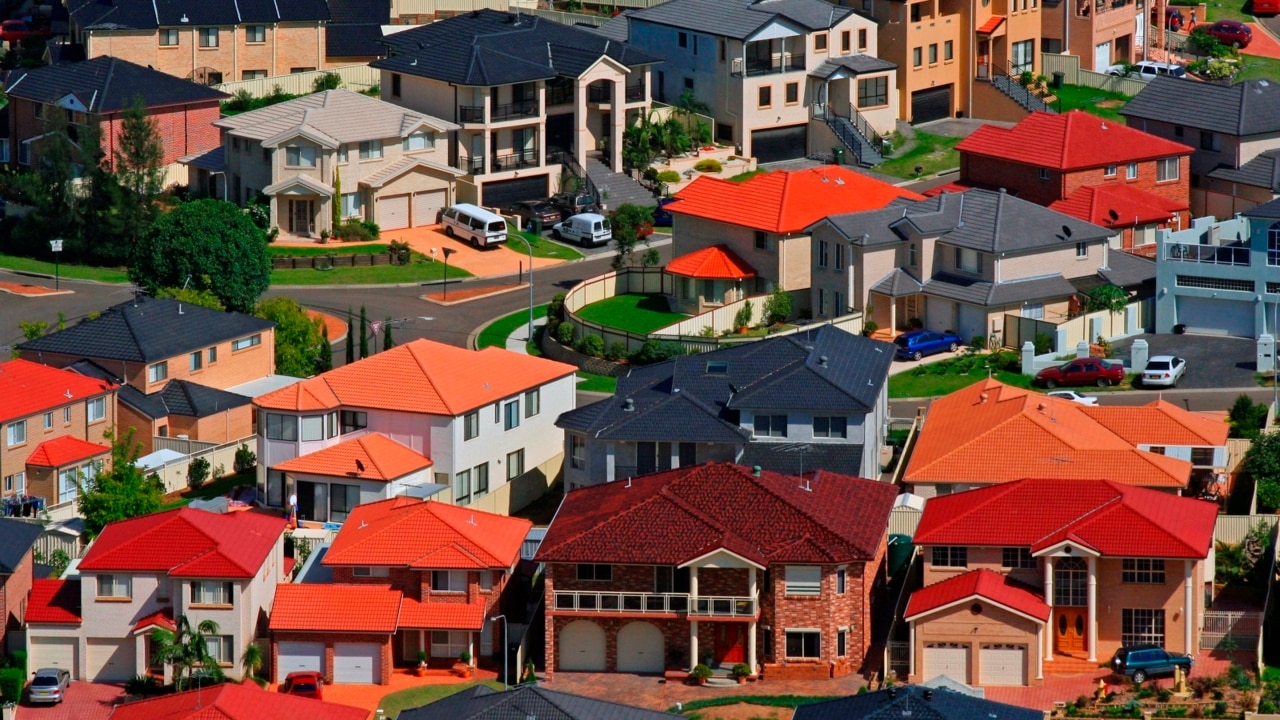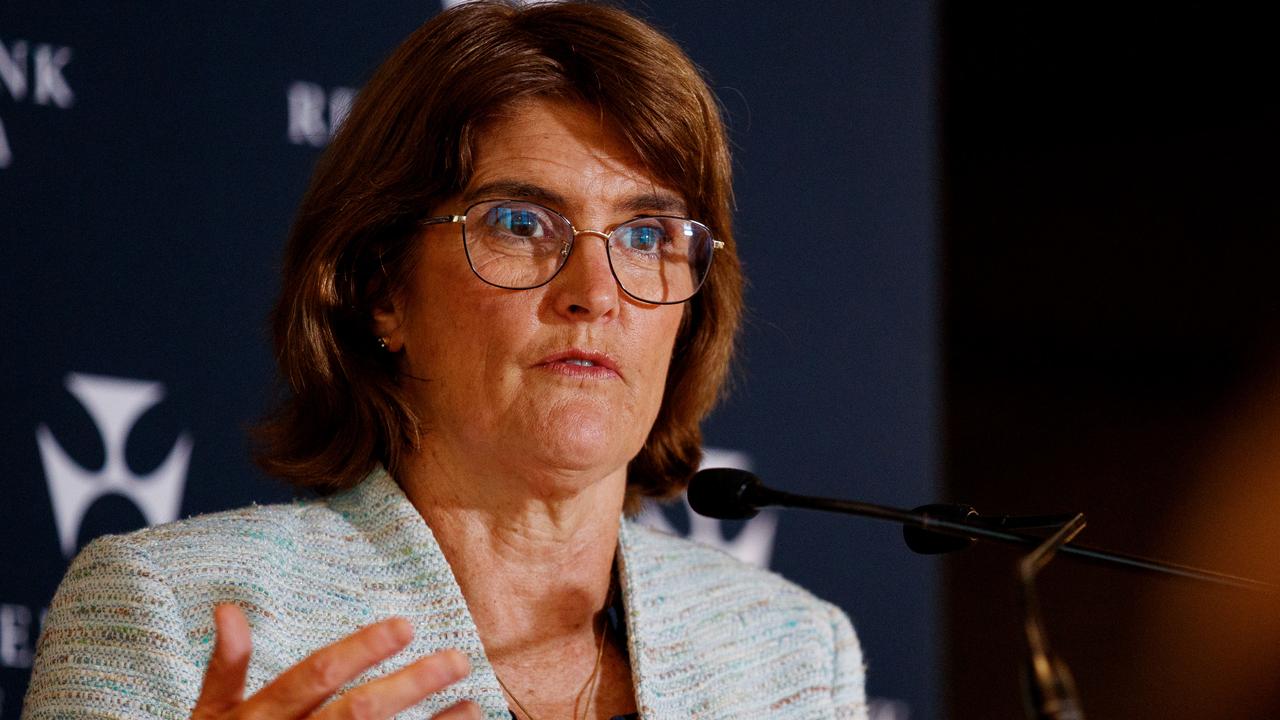House prices rise in two Aussie capital cities as the rest fall
One capital city is bucking the trend with house prices still holding strong, while another capital city clings on too.

Since Australia’s founding, the experiences of its people have at times varied considerably depending on where they lived and worked.
Over time there have been gold rushes in NSW and Victoria, agriculture booms in Queensland and mining booms in Western Australia. On the other side of the coin the economic busts and recessions have also often affected some regions far more than others.
In 2022, things are no different. While the headline figures for the nation’s economy seem to give one a pretty good idea of how things stand, when you start to look closer at the findings for the various states and territories, some very different pictures can emerge.
In order to explore some of the differences, we will be looking at three indicators, inflation, rents and housing prices.
Inflation
Currently the national rate of headline consumer price inflation is 6.1 per cent, with Treasury tipping a rise to 7.75 per cent by the end of the year. But when you look at the breakdown of inflation levels by capital city, it shows that some cities are already close to the peak forecasted by Treasury and the Reserve Bank.
In the capital with the fastest rising inflation, Perth, the cost of living is already growing by 7.4 per cent on an annual basis. In Sydney, the capital with the lowest rate of inflation, the cost of living is growing by 5.3 per cent.
Concerned about falling house prices? Check out Compare Money's guide >

When it comes to inflation, it’s like the different parts of Australia are effectively different nations, with some states such as Western Australia and Queensland facing significantly greater pressures, which would in a vacuum arguably drive a greater effort to contain them.
Housing prices
Despite being only a little over three months into the RBA’s tightening cycle, CoreLogic’s national Home Value Index is showing a rate of decline consistent with the early months of the global financial crisis and falling prices of the early 1980s.
But amid this rapidly evolving environment, a very different picture has emerged from the nation’s different capital city housing markets. In Sydney, where the downturn has been the most pronounced, we are seeing the swiftest price falls in almost 40 years.
Meanwhile at the opposite end of the spectrum in Adelaide, prices have continued to rise despite the RBA’s tightening of monetary policy.
Concerned about falling house prices? Check out Compare Money's guide >

Brisbane showed some resilience for some time after rates began rising, but has now joined Melbourne and Sydney with its housing market now also falling.
Looking around the nation at various housing markets it’s very much a case of your mileage may vary. Some markets are showing an impressive degree of resilience amid rapidly rising interest rates, while some suburbs at the more affluent end of town have already seen prices fall more than 25 per cent from their peak.
Rents
When it comes to how the various capital cities around the country are faring in terms of rental inflation, it depends a great deal on who you ask. According to the ABS, capital city rents on a national level (weighted by population) are currently growing at 1.6 per cent in the past year.
When looking at a comparison of the various capitals, a huge divergence emerges.
In Sydney and Melbourne, rents are still falling on a year on year basis. While in Darwin, Perth and Hobart they are rocketing, up 11.4 per cent, 9.1 per cent and 6.2 per cent respectively in the past 12 months.
However, property data firm SQM Research has a very different view on the nation’s rental market landscape. Before we go further it’s worth pointing out that SQM and the ABS measure slightly different things. The ABS measures all rents in aggregate, while SQM measures the asking price for rentals.
According to SQM, asking rents are rising the most rapidly in Brisbane up 20.7 per cent in the last 12 months. Meanwhile in the capital city with the slowest growth, Darwin, rents are up 8.5 per cent in the past year. Not that rents growing by 8.5 per cent anywhere could be considered especially slow.
The Divided States of Australia
Since the start of the pandemic the experience of Australians in different cities and states has varied considerably. Some states experienced a relatively minor impact from Covid beyond border closures and some cities, most notably Melbourne spent months upon months in lockdown.
While the gap in outcomes is likely not to be that pronounced in the months and years ahead, different parts of the nation may face considerably different outcomes on the road ahead if current trends continue.
Ultimately, at times like this, aggregate nationwide figures may not be that useful in painting an accurate picture of the challenges faced in different parts of the country. But when you look closer at more granular data, things start to become clear that some Australians face greater difficulties than others based on their locale.
Tarric Brooker is a freelance journalist and social commentator | @AvidCommentator






